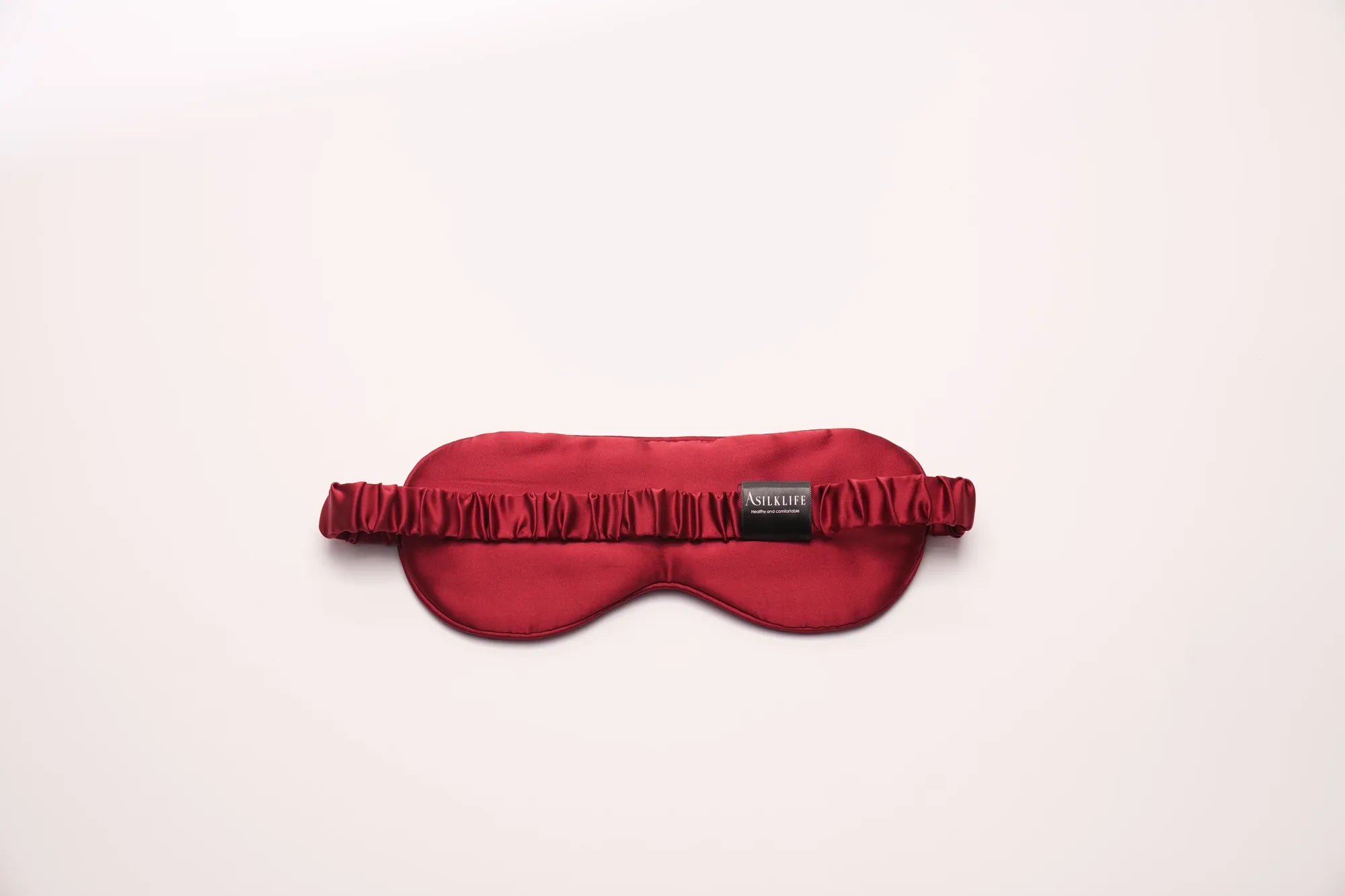Dry Clean Silk Scarf: The Ultimate Guide to Gentle Care and Longevity
- by wangfred
-

Silk scarves are timeless accessories that exude elegance, but their delicate nature demands meticulous care. A single misstep in cleaning can lead to irreversible damage, fading, or loss of luster. Whether you’re a fashion enthusiast or a casual wearer, understanding how to properly dry clean a silk scarf is essential to maintaining its luxurious appeal. This guide dives deep into the art of preserving silk’s integrity while ensuring your scarf remains a cherished part of your wardrobe for years.
Why Dry Cleaning Is Essential for Silk Scarves
Silk, a natural protein fiber, is renowned for its softness and sheen. However, its delicate structure makes it vulnerable to harsh chemicals, heat, and friction. Here’s why dry cleaning is often the safest option:
The Delicate Nature of Silk
Silk fibers are thinner than human hair, making them prone to snagging or weakening under stress. Traditional washing methods, such as machine cycles or vigorous handwashing, can break these fibers, leading to tears or a rough texture.
Risk of Color Bleeding
Many silk scarves feature vibrant dyes that may bleed when exposed to water or detergents. Professional dry cleaning uses solvents that minimize this risk, preserving the scarf’s original hues.
Preserving Fabric Integrity
Heat from irons or dryers can cause silk to shrink or lose its shape. Dry cleaners employ specialized techniques to handle these fabrics without compromising their structure.
Step-by-Step Guide to Dry Cleaning Silk Scarves
While professional dry cleaning is recommended, certain precautions ensure optimal results. Follow these steps to safeguard your scarf:
1. Inspect for Stains or Damage
Before handing your scarf to a cleaner, examine it for stains, loose threads, or weak spots. Pointing these out helps the cleaner tailor their approach.
2. Choose a Reputable Service
Opt for cleaners experienced with delicate fabrics. Ask about their methods—ideally, they should use gentle, silk-approved solvents and avoid high-heat processes.
3. Communicate Special Requirements
If your scarf has embellishments like embroidery or beading, inform the cleaner. These details may require hand-cleaning or extra padding during the process.
4. Post-Cleaning Care
Once cleaned, store the scarf in a breathable fabric pouch or box. Avoid plastic, which can trap moisture and promote mildew.
Common Mistakes to Avoid
Even with the best intentions, errors in care can shorten your scarf’s lifespan. Steer clear of these pitfalls:
Using Home Dry Cleaning Kits
Over-the-counter kits often contain chemicals that are too abrasive for silk. They may leave residues or cause discoloration.
Ignoring Storage Conditions
Sunlight, humidity, and poor airflow can degrade silk over time. Always store scarves in a cool, dark place.
Overcleaning
Frequent dry cleaning isn’t necessary unless the scarf is visibly soiled. Excessive cleaning can weaken fibers and dull the fabric’s natural shine.
Alternatives to Dry Cleaning
For minor spills or light refreshment, consider these gentle at-home methods:
Spot Cleaning
Blot stains immediately with a clean, damp cloth. Avoid rubbing, which can push the stain deeper into the fibers.
Steam Refreshing
Hold the scarf over a steaming kettle or use a garment steamer to remove wrinkles and odors. Keep the steam source at least six inches away to prevent heat damage.
Handwashing (With Caution)
If you must wash the scarf manually, use lukewarm water and a mild pH-neutral soap. Gently swirl the fabric for no more than two minutes, then rinse thoroughly and air-dry flat.
How to Store Silk Scarves Properly
Proper storage is as crucial as cleaning. Follow these tips to prevent damage:
- Fold scarves neatly along their original creases to avoid stress on the fibers.
- Use acid-free tissue paper to line drawers or boxes, preventing yellowing.
- Rotate scarves periodically to ensure even exposure to air and light.
Recognizing When Professional Care Is Needed
While DIY methods work for minor issues, some scenarios demand expert intervention:
- Persistent odors that don’t fade with airing out
- Stains from oils, wine, or makeup
- Visible fraying or loose hems
Ignoring these signs can lead to permanent damage, making timely professional care a cost-effective solution.
Your silk scarf is more than an accessory—it’s an investment in style. By prioritizing gentle cleaning and mindful storage, you ensure it remains a symbol of sophistication for decades. Ready to give your scarf the care it deserves? Start by bookmarking this guide and sharing it with fellow silk lovers!












